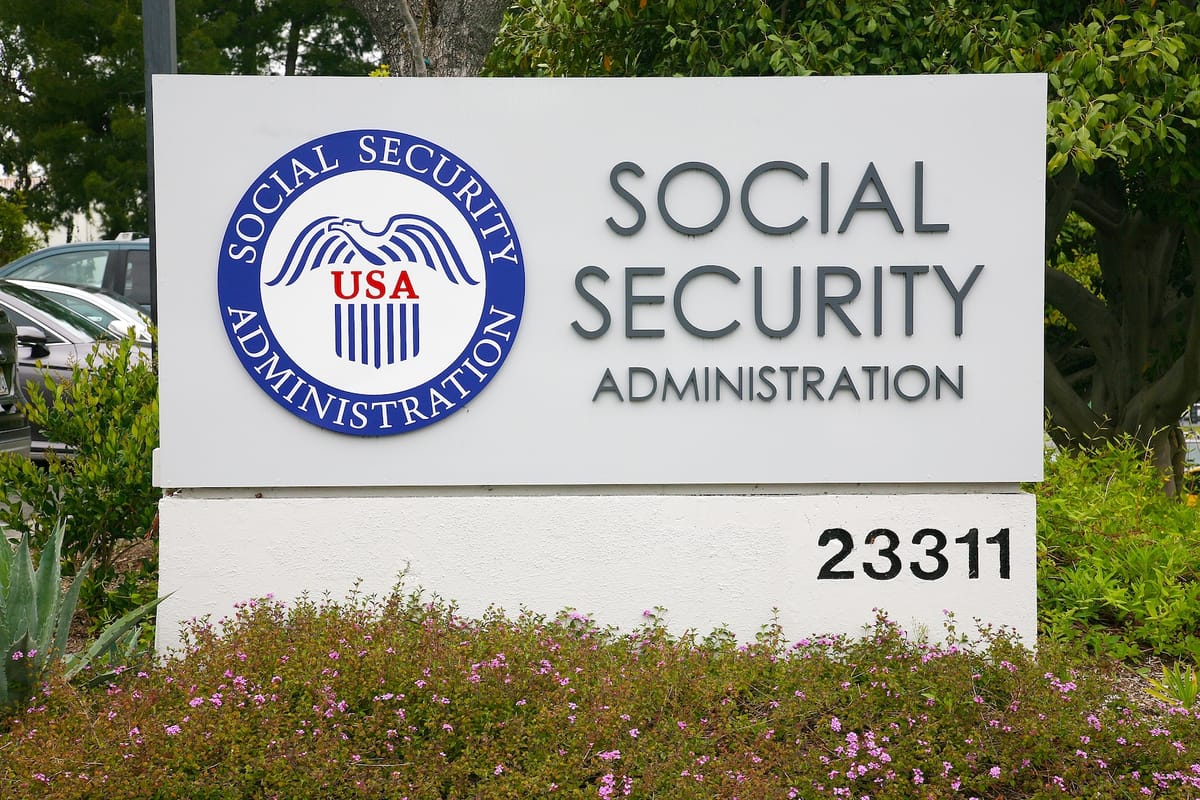

Millions Will See Benefit Increases Under New Law
The Social Security Fairness Act, signed into law on January 5, 2025, has begun to reshape retirement for 3.2 million Americans by ending the Windfall Elimination Provision and Government Pension Offset, rules that since 1983 and 1977 cut benefits for retirees with pensions from jobs not covered by Social Security taxes. The Social Security Administration announced on March 3 via Social Media post stated: ‘Most beneficiaries will begin receiving their new monthly benefit amount in April for their March benefit.’ These provisions had long penalized public servants like teachers, firefighters, and federal workers under the Civil Service Retirement System, who paid into Social Security through other jobs but saw reduced payments. The Act, retroactive to January 2024, corrects this by restoring full benefits, with over 1.1 million people already receiving $7.5 billion in back payments by March 4, averaging $6,710 per person.
Swift Rollout Meets High Demand
The Social Security Administration has moved quickly to implement the law, starting retroactive payments in late February 2025 and adjusting monthly benefits by April. Of the 93,500 new applications filed since the law’s passage, 78% have been processed, though complex cases may stretch into 2026 due to manual reviews. Monthly increases vary widely, from $360 to $1,190, depending on prior reductions. The agency advises patience, noting that inquiries should wait until after April payments to avoid overwhelming call centers. This rapid rollout reflects a commitment to deliver relief, but the scale of the task underscores the program’s sprawling reach, serving 70 million beneficiaries annually.
Fiscal Strain Sparks Debate
The Congressional Budget Office estimates the Act will cost $195 billion over 10 years, a hefty sum as the national debt exceeds $34 trillion. This expense is projected to accelerate Social Security’s insolvency from 2035 to 2034, raising concerns about the program’s sustainability. With annual outlays already topping $1.4 trillion in 2024, adding this burden without new revenue could force future borrowing or cuts elsewhere. Social Media posts capture the tension: ‘I have not received for 28 years,’ one user wrote, reflecting long-held frustration, while another group noted, ‘Great news for our members,’ highlighting the relief felt by retirees but also the broader fiscal implications.
Regional Impact Highlights Disparities
States like Texas and Louisiana, where many public workers such as teachers and firefighters operate under non-covered pension systems, are seeing the most significant benefit boosts. In these regions, retirees who faced steep cuts under the old rules are now regaining hundreds of dollars monthly. For instance, a retired Texas teacher with a state pension might see their Social Security payment rise by $1,000, a meaningful increase for those on fixed incomes. Meanwhile, states with more Social Security-covered public employees, like California, see a smaller impact, as 72% of state and local workers nationwide already pay into the system and are unaffected by the reform.
Weighing Fairness Against Responsibility
The Act addresses a decades-old grievance by ensuring public servants aren’t penalized for their career paths, honoring their contributions to both Social Security and non-covered pensions. Yet, its $195 billion price tag, with no offsetting revenue, underscores the challenge of balancing equity with fiscal duty. As the Social Security Administration continues its rollout, the focus shifts to Congress, which must now grapple with the program’s looming shortfall. With insolvency creeping closer, the 2025 budget debates will test whether lawmakers can secure the system’s future without overburdening taxpayers, a critical issue for a nation already stretched thin.
Dues are $12 per year. Member benefits:
✅ Ad-Free Website Viewing
✅ Advocacy for Republican Seniors
✅ 120+ Senior Discounts
✅ Member Only Newsletters